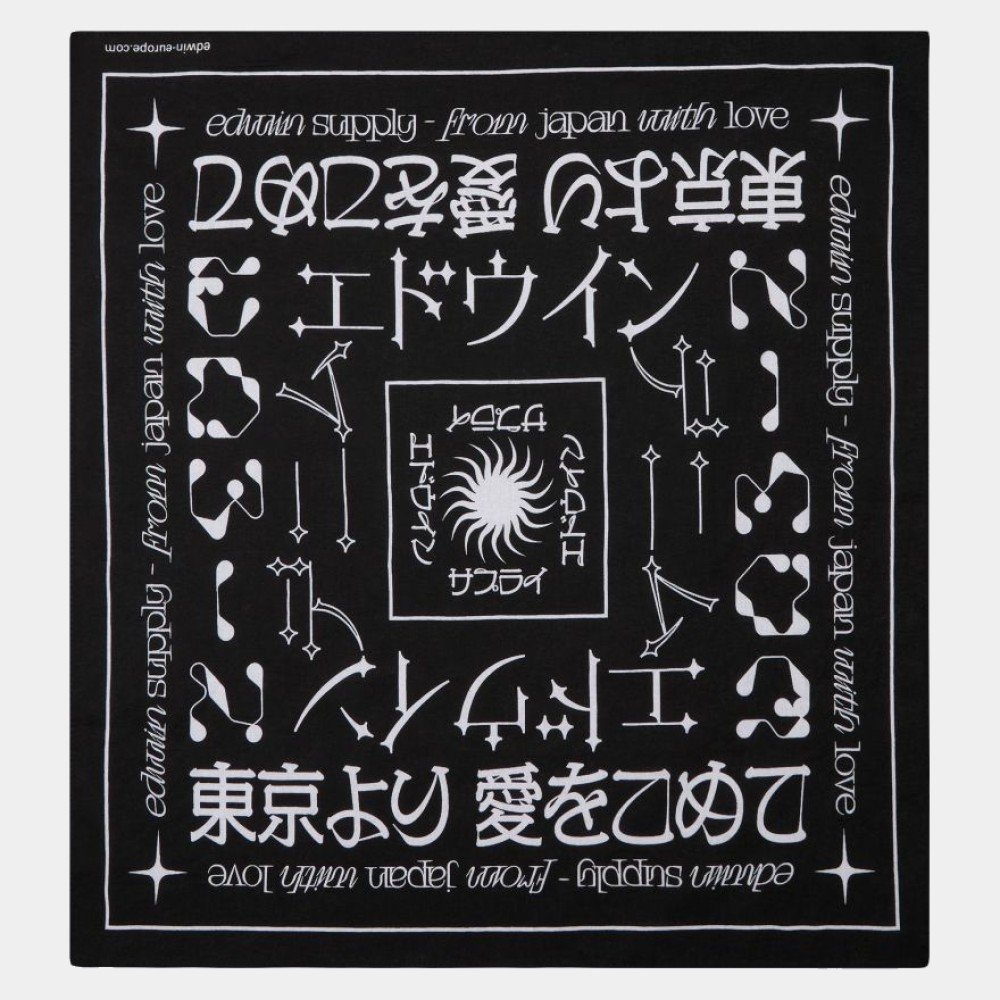Brand: Y-3
Model: KB2608 / Color Black
The Y-3 Short Sleeve Tee is a minimalist basic with a luxe touch. It's crafted in soft cotton single jersey fabric with a satin Y-3 logo heat transfer..
120.00€
Ex Tax:120.00€
Brand: Y-3
Model: KB2607 / Color White
The Y-3 Short Sleeve Tee is a minimalist basic with a luxe touch. It's crafted in soft cotton single jersey fabric with a satin Y-3 logo heat transfer..
120.00€
Ex Tax:120.00€
Brand: Y-3
Model: JX4745 / Color Black
Combining sport with style, the Y-3 short-sleeved T-shirt is decorated with a stacked graphic logo that embodies Y-3's bold attitude. It's made from c..
130.00€
Ex Tax:130.00€
Brand: Y-3
Model: JZ0712 / Color Core White
Melding sport and style, the Y-3 Graphic Short Sleeve Tee is emblazoned with a stacked logo graphic that encapsulates Y-3's bold attitude. It's crafte..
130.00€
Ex Tax:130.00€
Brand: Y-3
Model: JX4748 / Color Black
A stacked logo graphic on the Y-3 Graphic Hoodie shows off the avant-garde worldview of Y-3. Crafted in soft cotton, with a loose shape and ribbed cuf..
280.00€
Ex Tax:280.00€
Brand: Y-3
Model: KB2604 / Color Black
A comfortable expression of premium style, the Y-3 Graphic FT Hoodie is crafted from soft, brushed cotton. Ribbed cuffs at the sleeves and hem provide..
280.00€
Ex Tax:280.00€
Brand: Y-3
Model: KA9623 / Color Core White - Multicolor
The AOP 3-Stripes Track Top reinvents a familiar look with an experimental edge. It's crafted in a smooth woven fabric, with the 3-Stripes on one slee..
280.00€
Ex Tax:280.00€
Brand: Y-3
Model: KA9622 / Color Black - Multicolor
The AOP 3-Stripes Track Top reinvents a familiar look with an experimental edge. It's crafted in a smooth woven fabric, with the 3-Stripes on one slee..
280.00€
Ex Tax:280.00€
Brand: Edwin
Model: I035118 / Color Blue
The EDWIN Readers Club Notebook is a small notebook made from 100% paper. It features an elastic band to securely close the notebook and the Edwin Rea..
11.20€ 16.00€
Ex Tax:11.20€
Brand: Edwin
Model: I032679 / Color Black
A physical, cultural and spiritual symbol of Japan, Mount Fuji has been considered a sacred mountain since the 7th century. One meaning of the word Fu..
14.00€ 20.00€
Ex Tax:14.00€
Brand: Edwin
Model: I035110 / Color Black
The EDWIN x Lexon Lamp is a black lamp in collaboration with Lexon, featuring the Orbe design, with a removable and magnetized head. The lamp also sho..
70.00€ 100.00€
Ex Tax:70.00€
Brand: Edwin
Model: I035102 / Color Multicolor
The EDWIN Kouichi Matsuda Scarf in multicolor is made from 100% cotton and measures 120 x 120 cm. It features a large, bold design from the whimsical ..
35.00€ 50.00€
Ex Tax:35.00€
Brand: Edwin
Model: I035119 / Color White
The EDWIN Ramen Donburi is a beautiful white bowl made from 100% bone porcelain. It comes with a spoon and features a unique red design at the bottom ..
42.00€ 60.00€
Ex Tax:42.00€
Brand: Edwin
Model: I035120 / Color Yellow
The EDWIN Lantern is a decorative lantern made from PVC and iron. It features a metallic stem at the top, allowing you to easily hang it wherever you ..
38.50€ 55.00€
Ex Tax:38.50€
Brand: Edwin
Model: I004443 / Color Yellow - Black
The EDWIN bandana is a square-shaped bandana featuring the brand's logo. The EDWIN x Bandana is a 100% cotton gadget.100% Cotton ..
10.50€ 15.00€
Ex Tax:10.50€
Brand: Edwin
Model: I004443 / Color Black - White
The EDWIN bandana is a square-shaped bandana featuring the brand's logo. The EDWIN x Bandana is a 100% cotton gadget.100% Cotton ..
10.50€ 15.00€
Ex Tax:10.50€


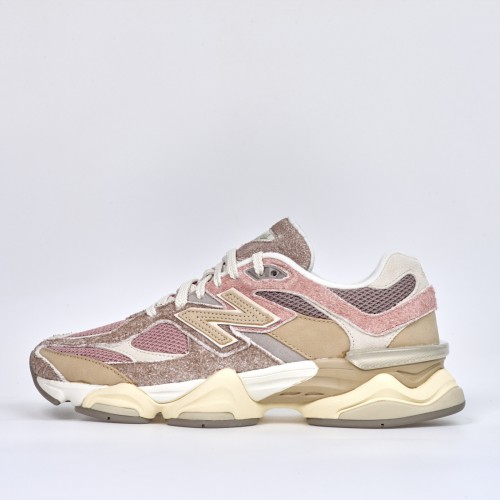
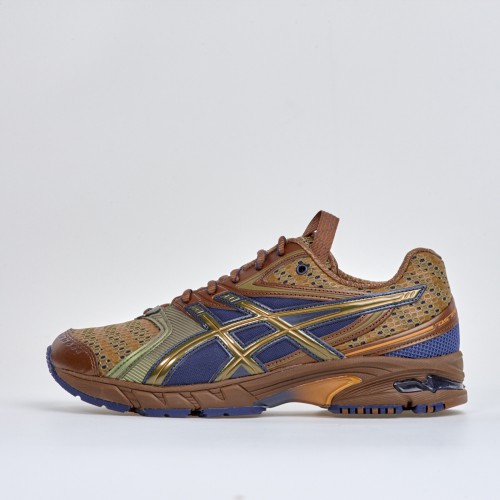
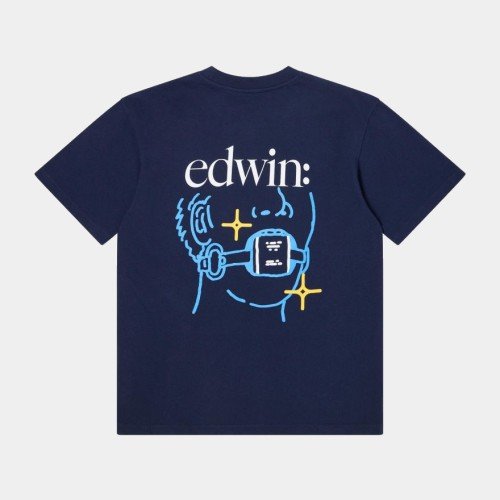
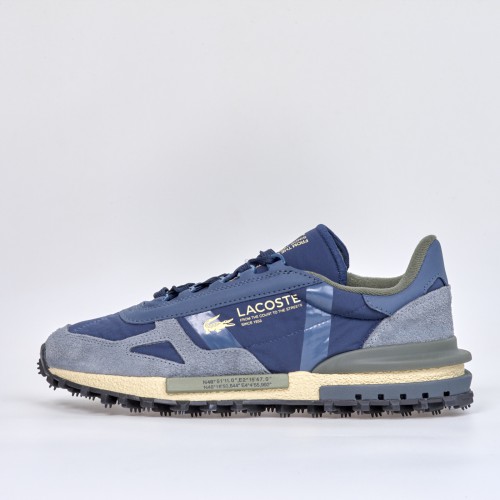
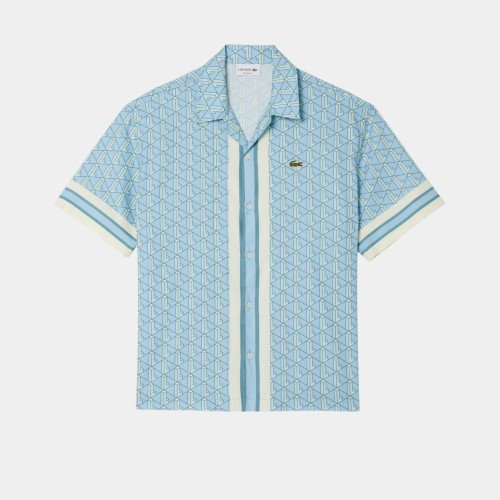
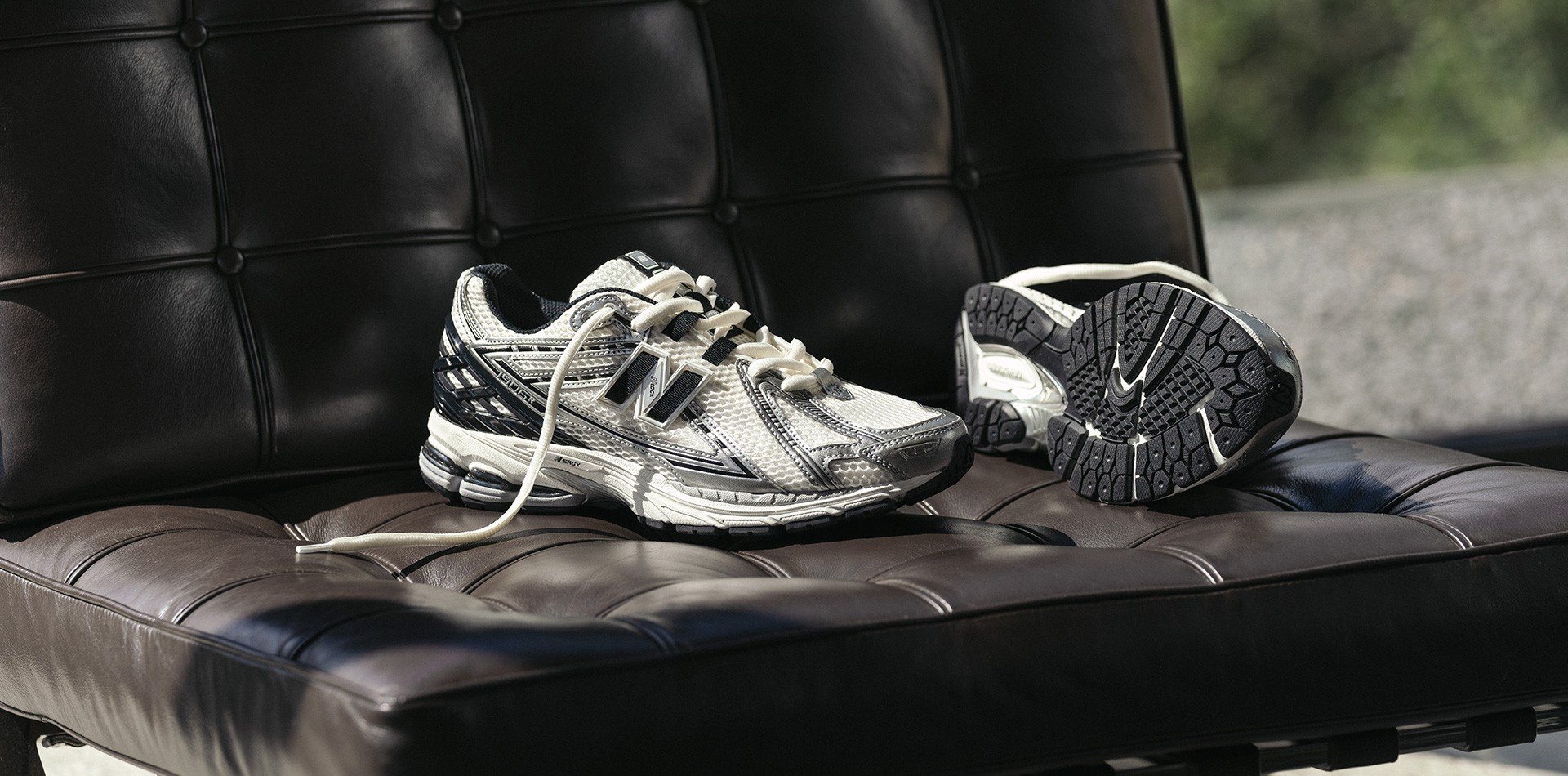
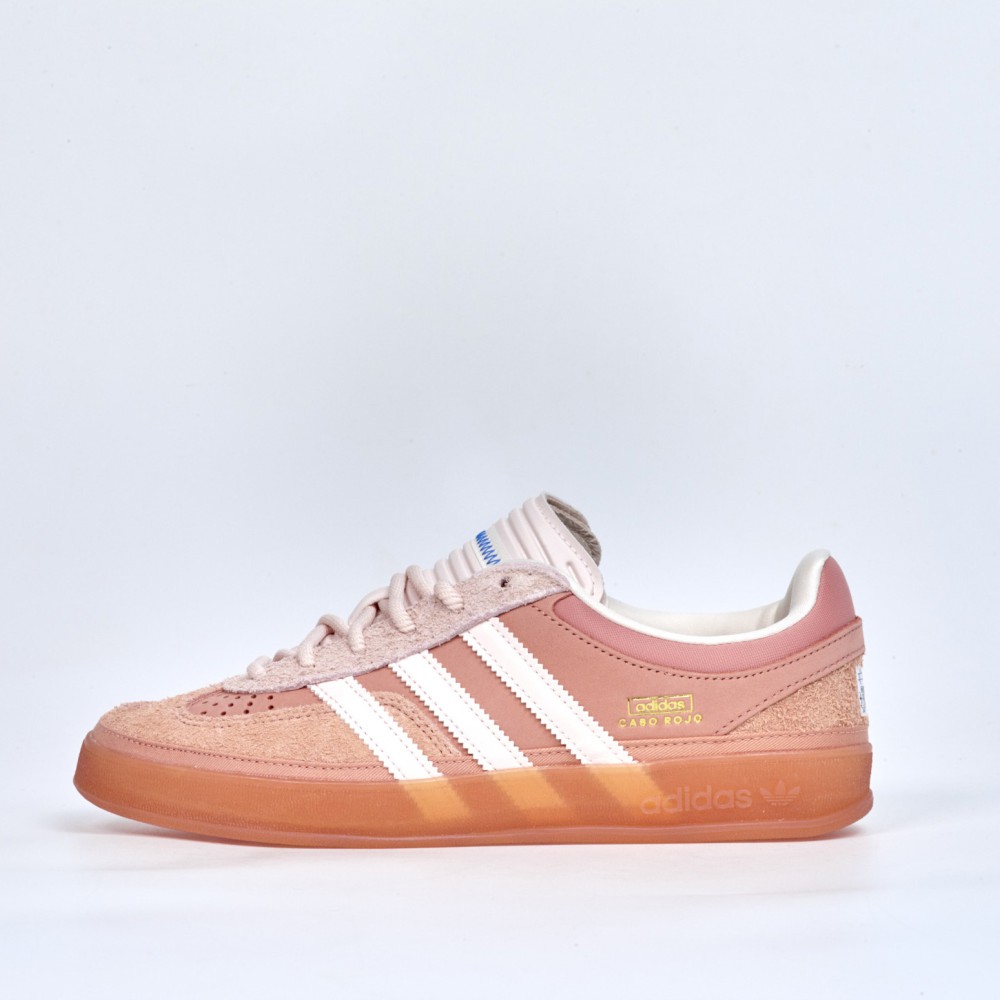
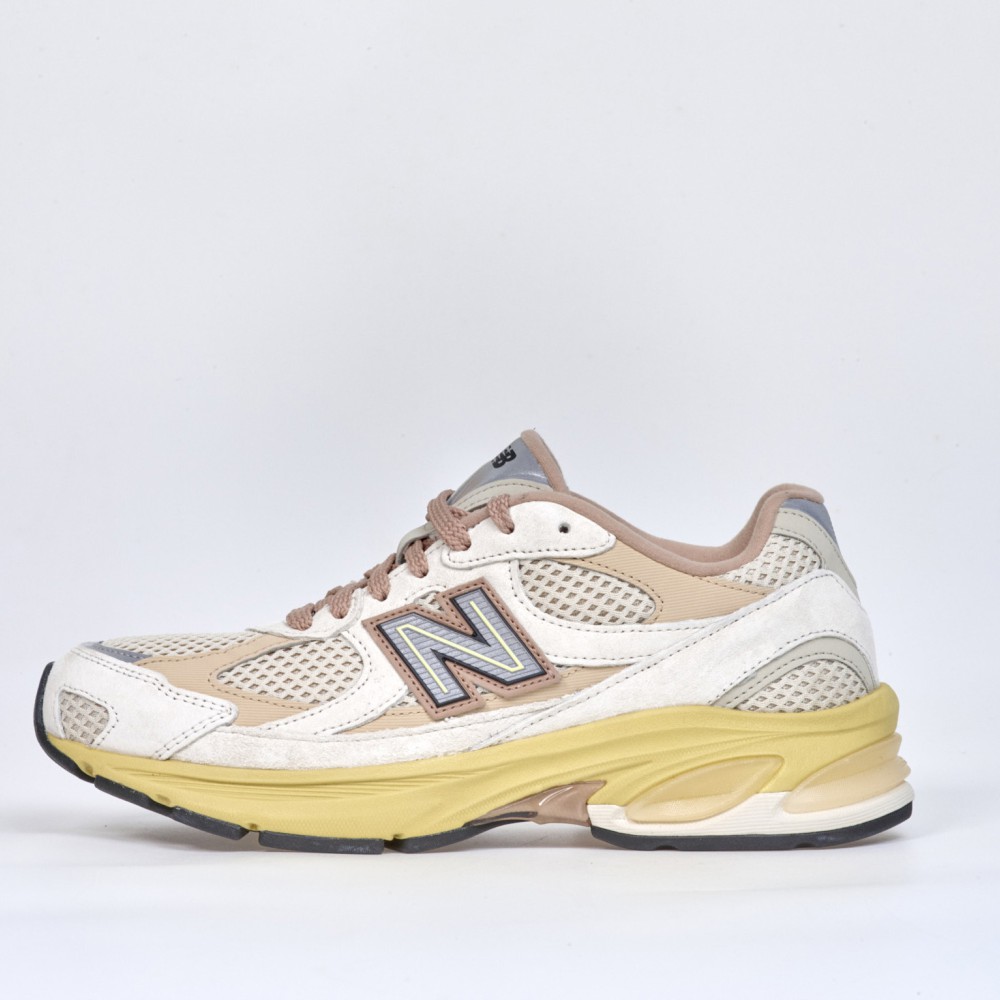
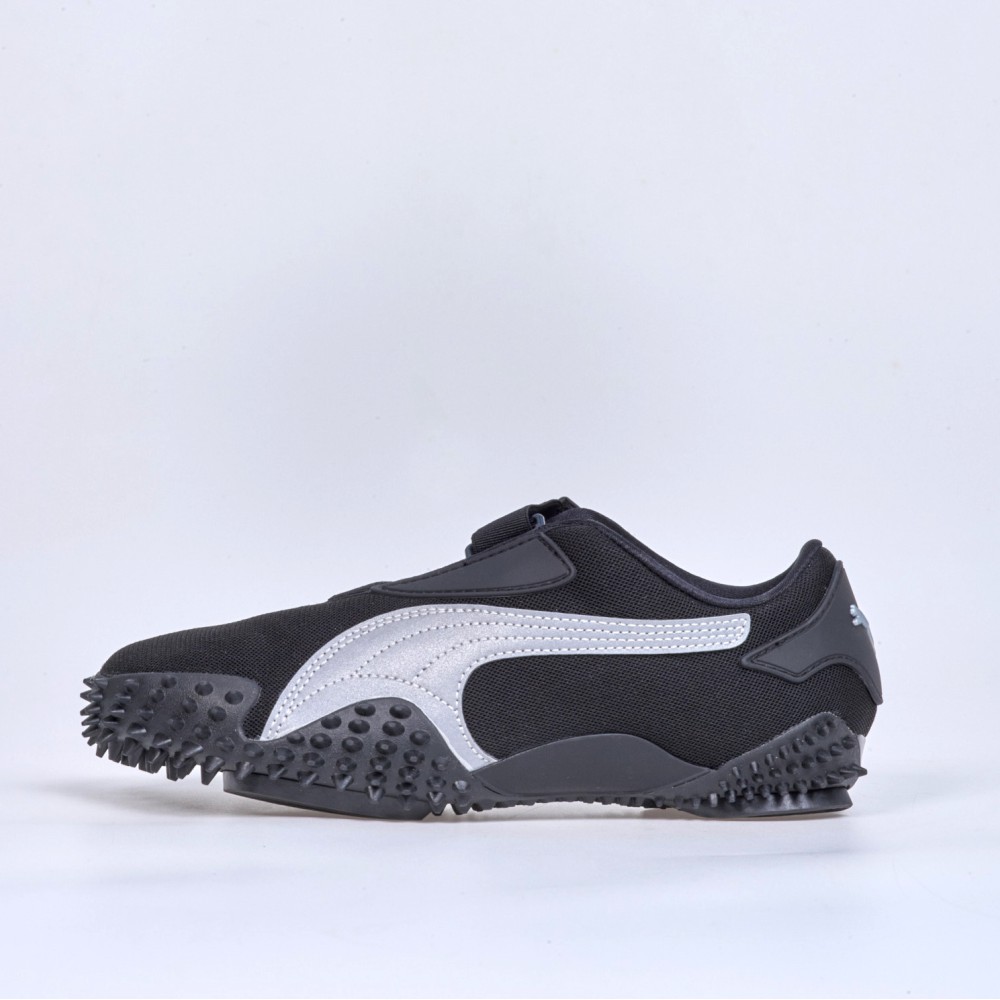
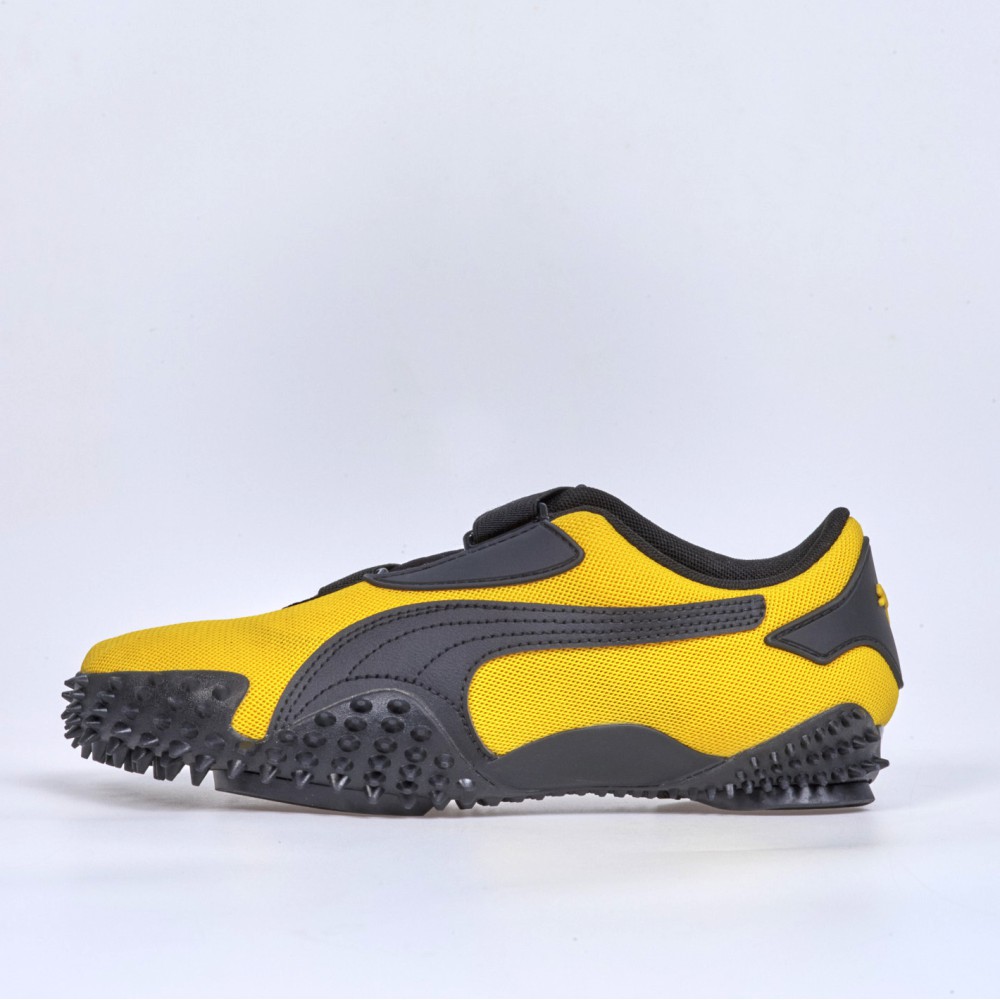
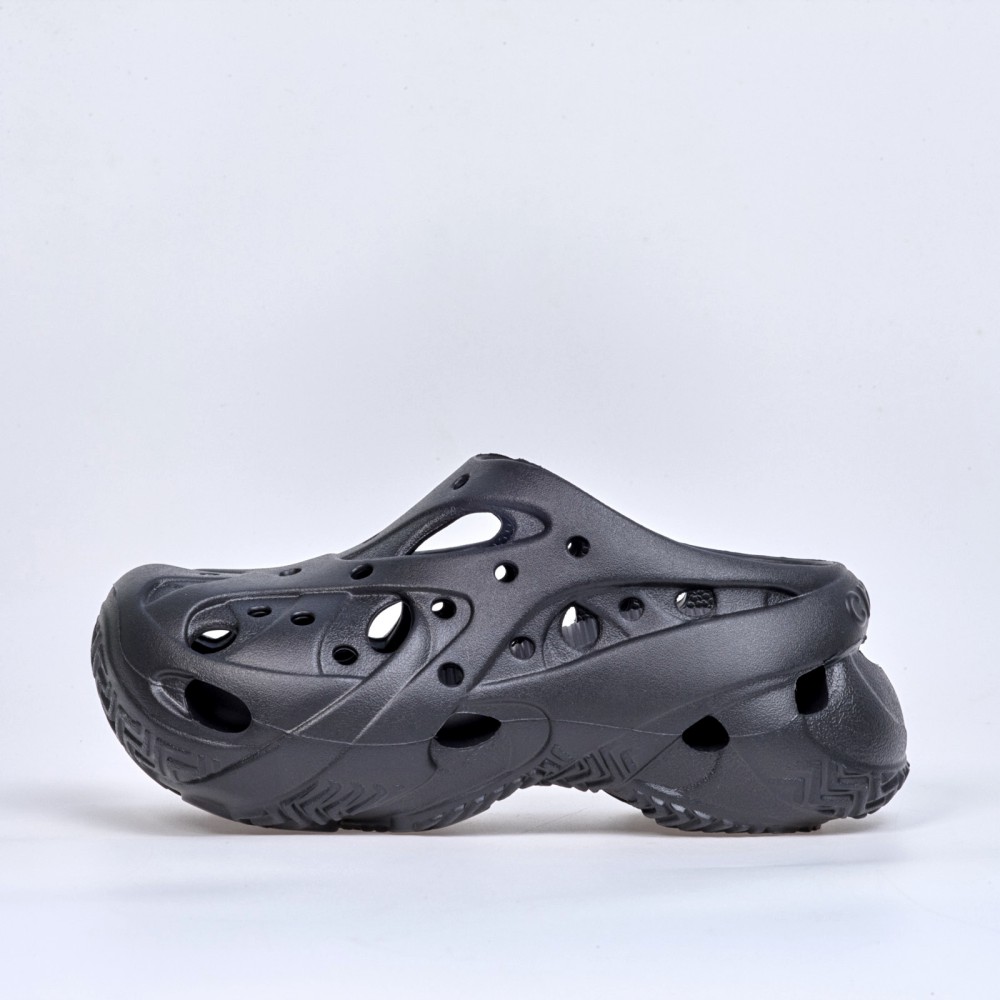
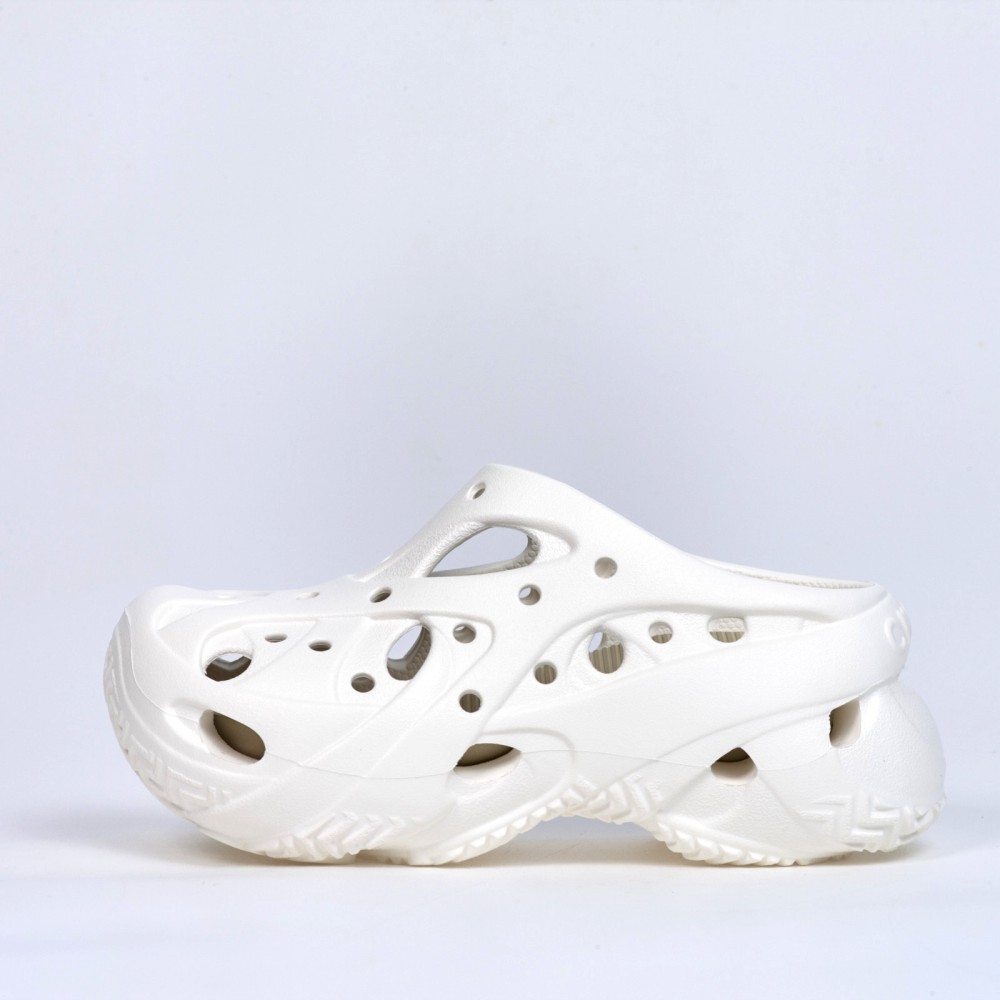
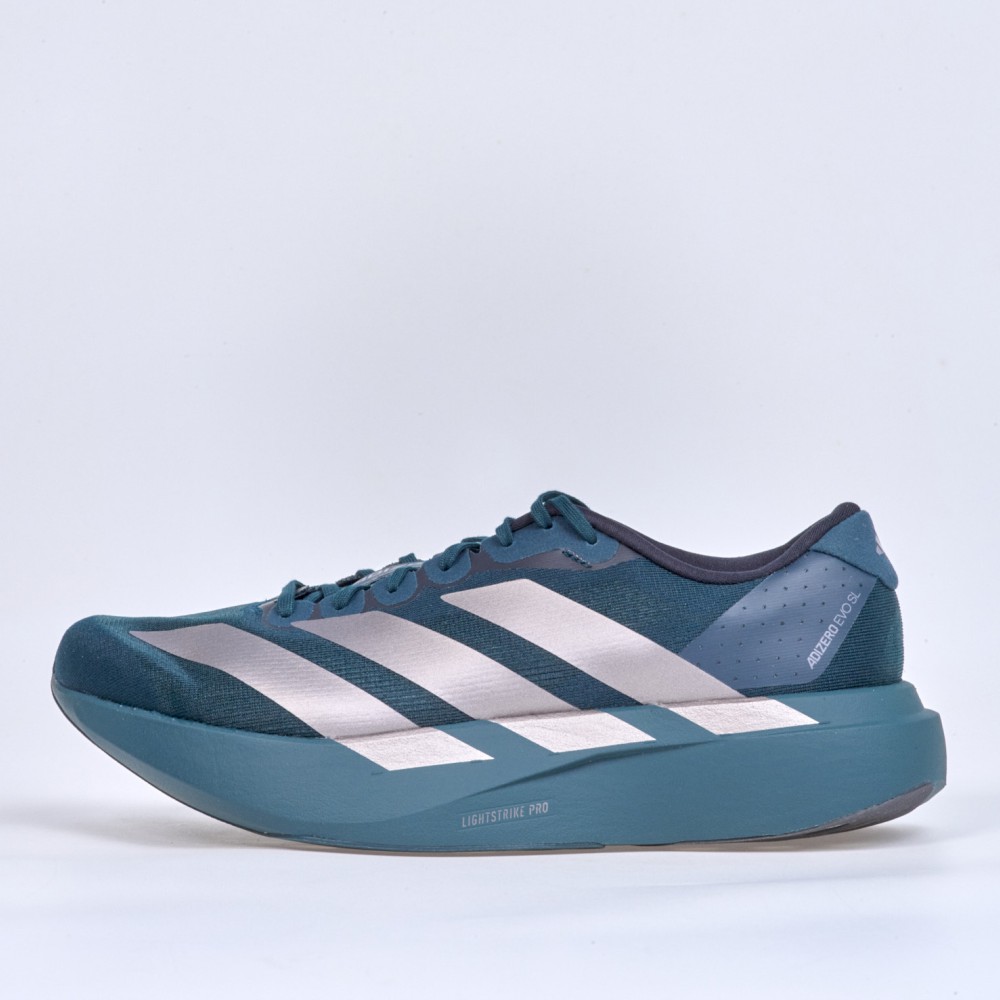
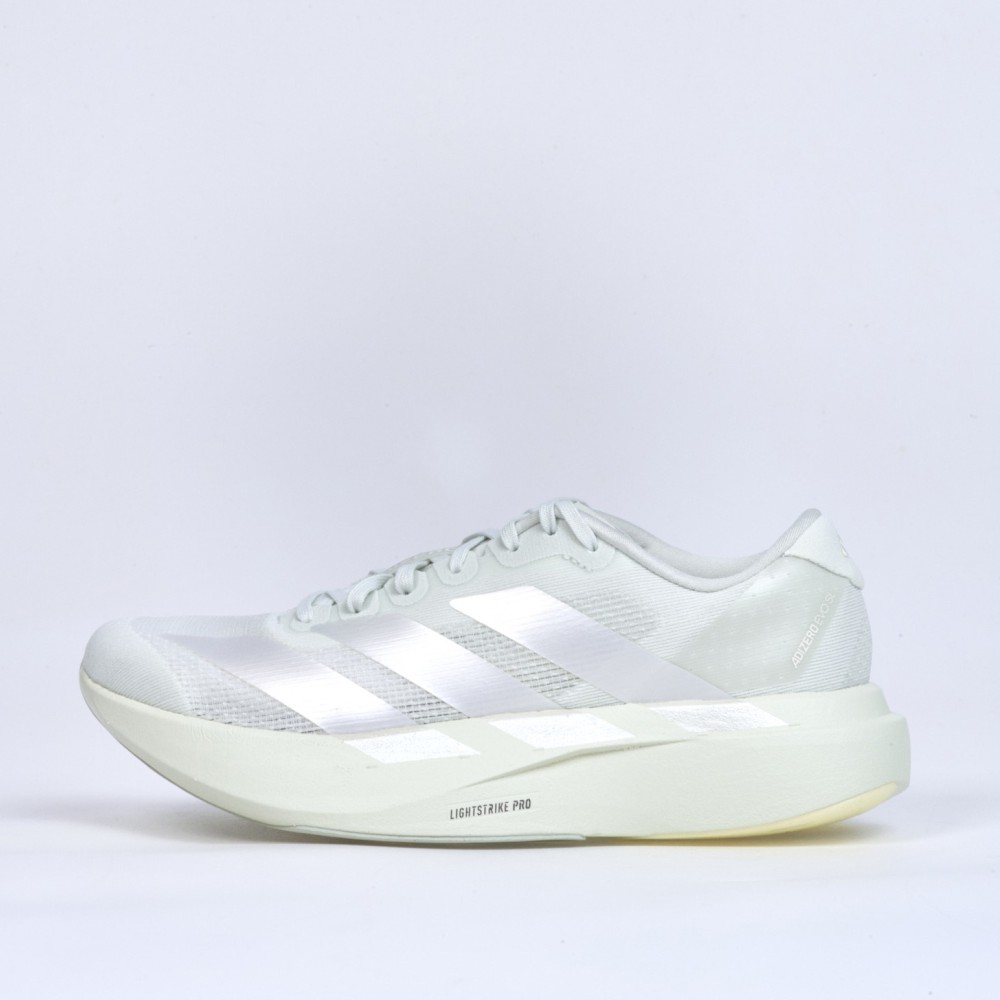
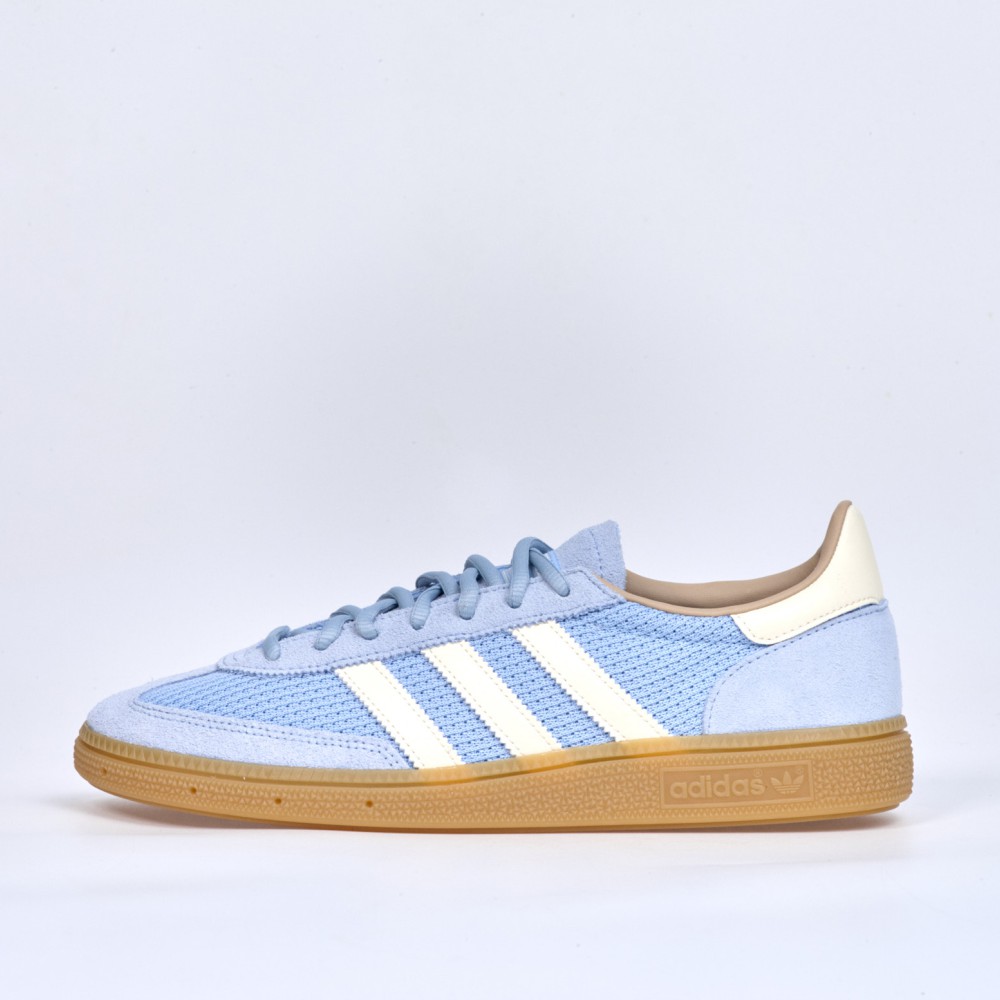
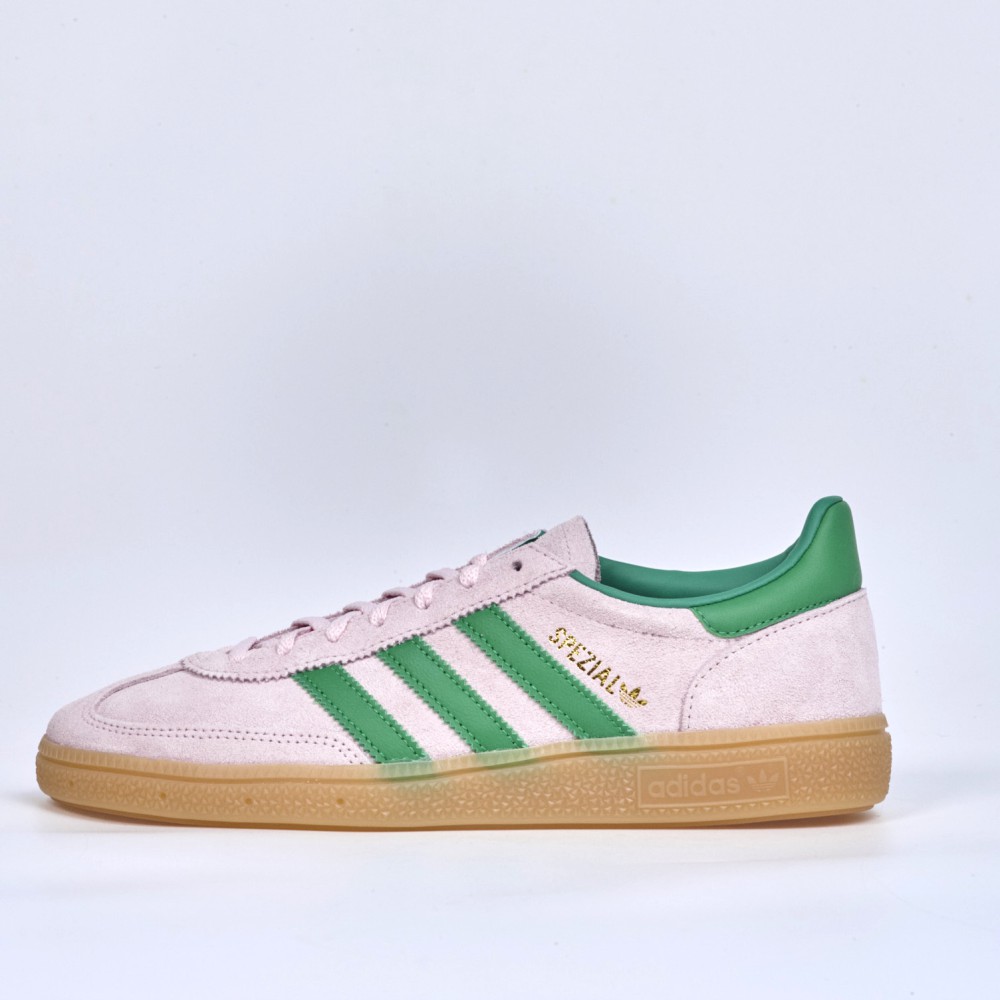
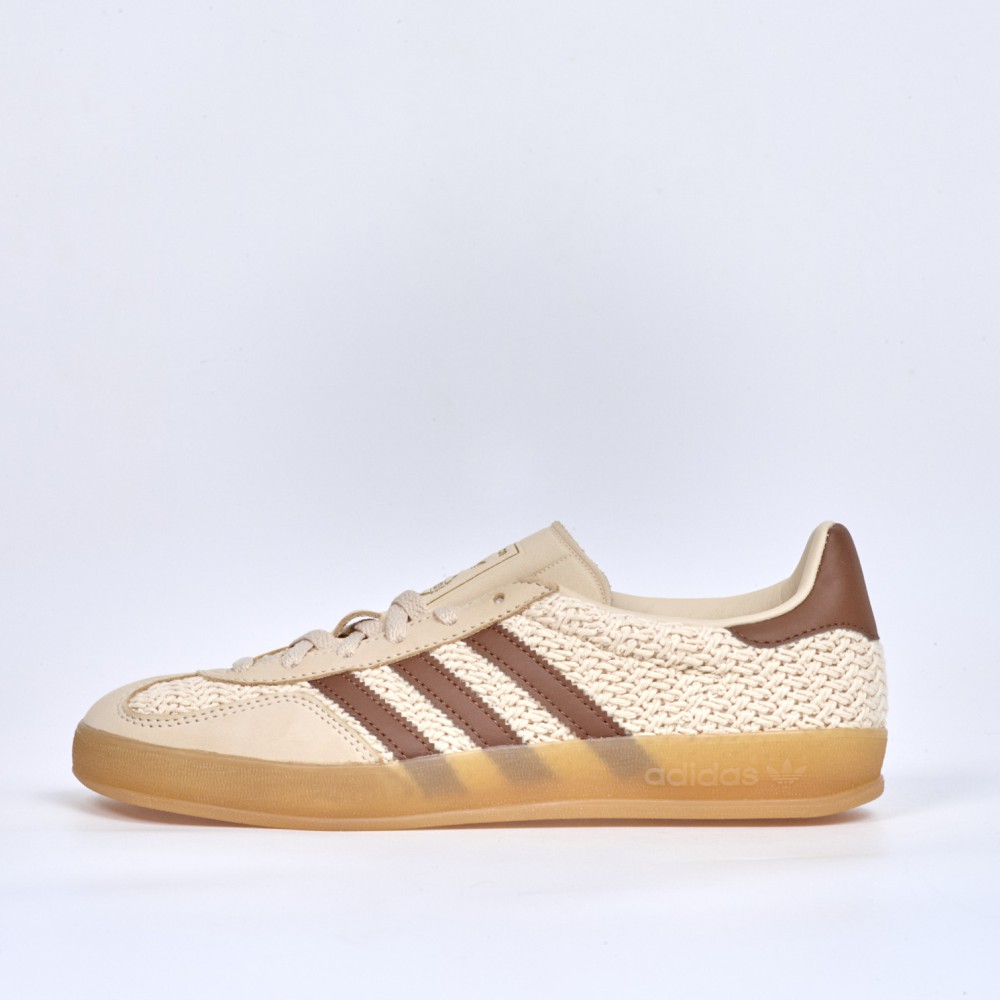
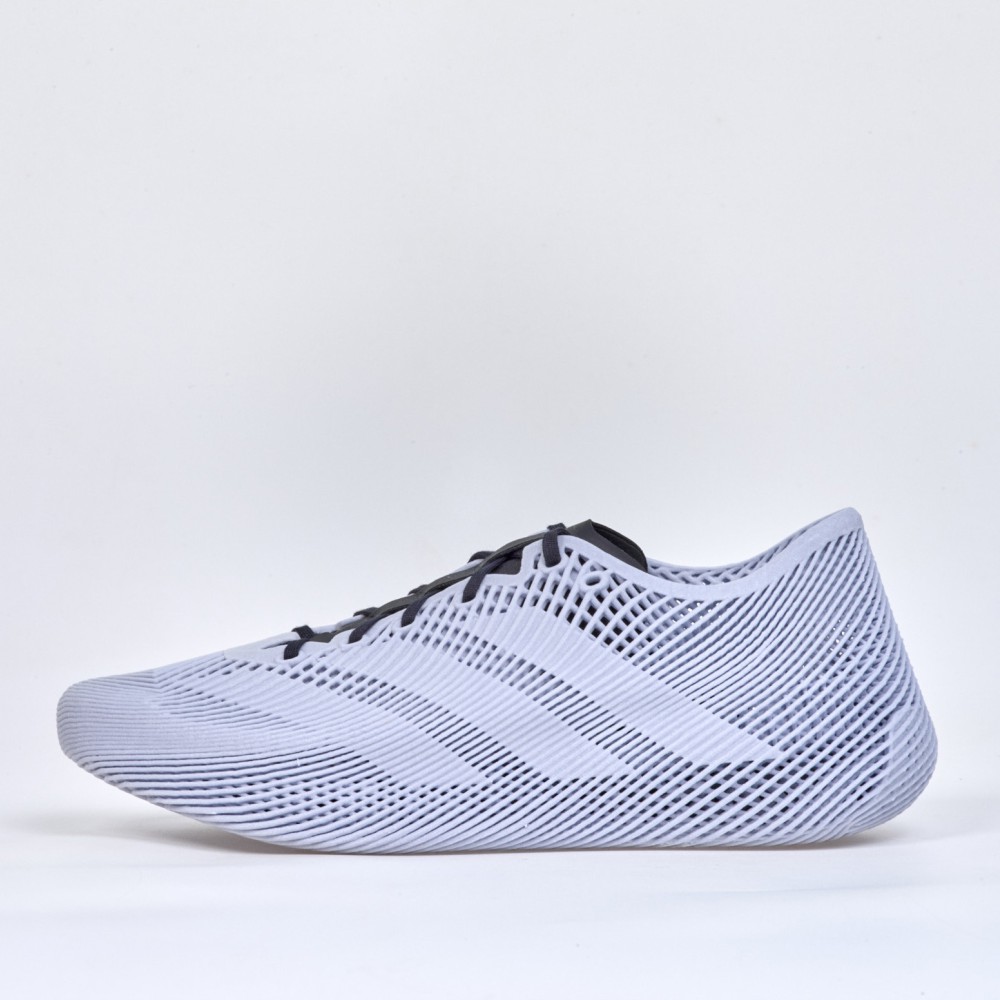

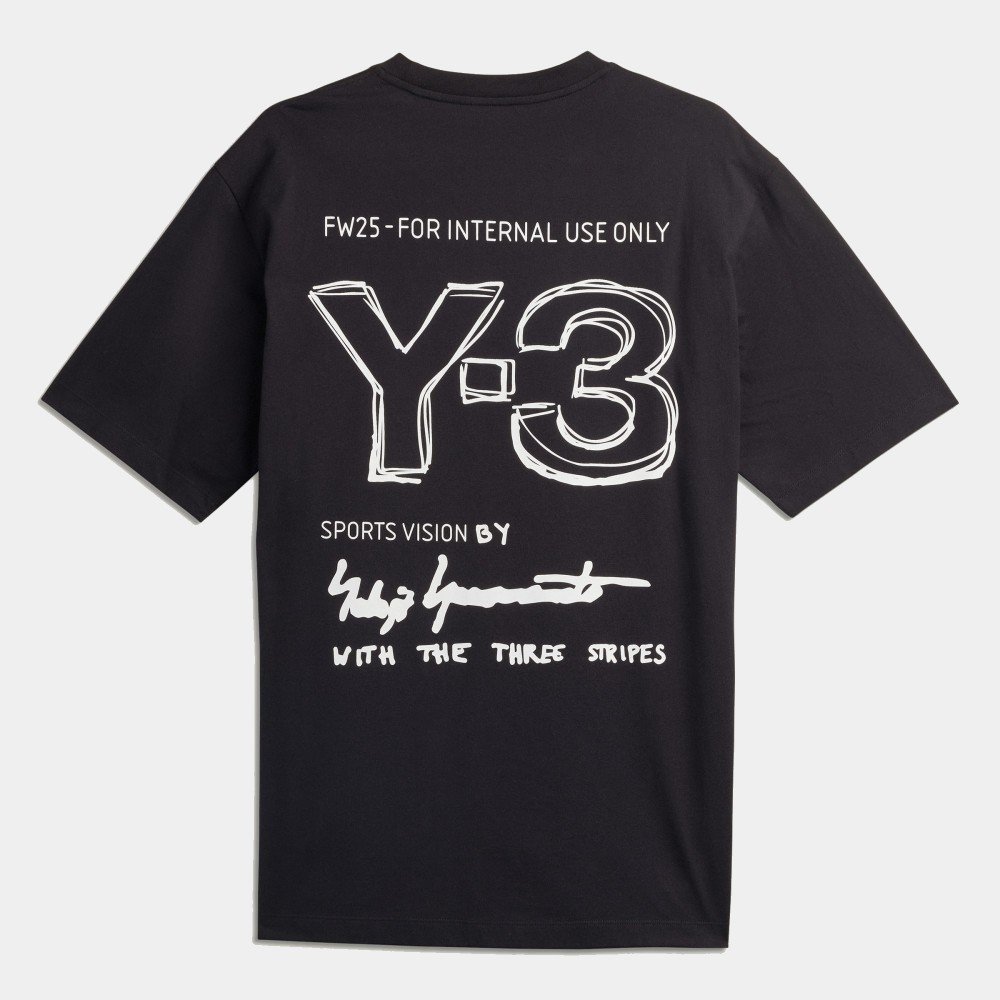
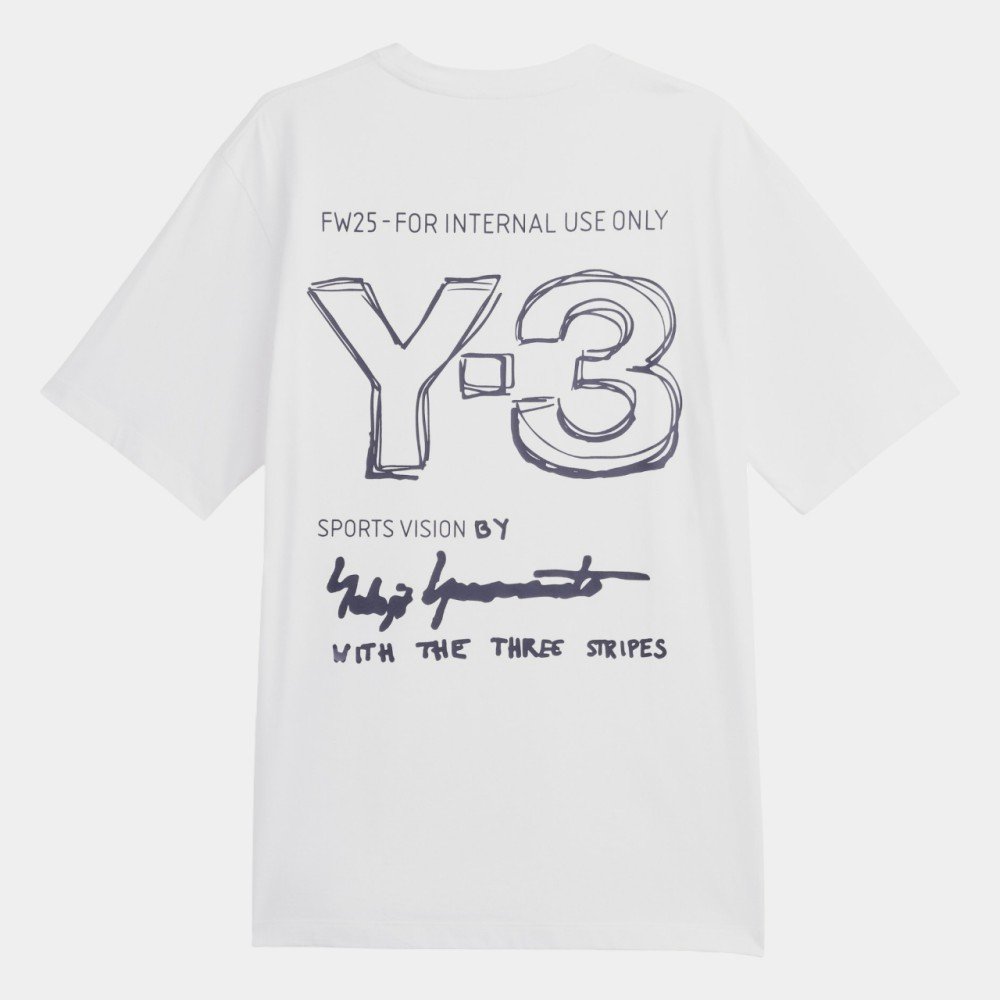
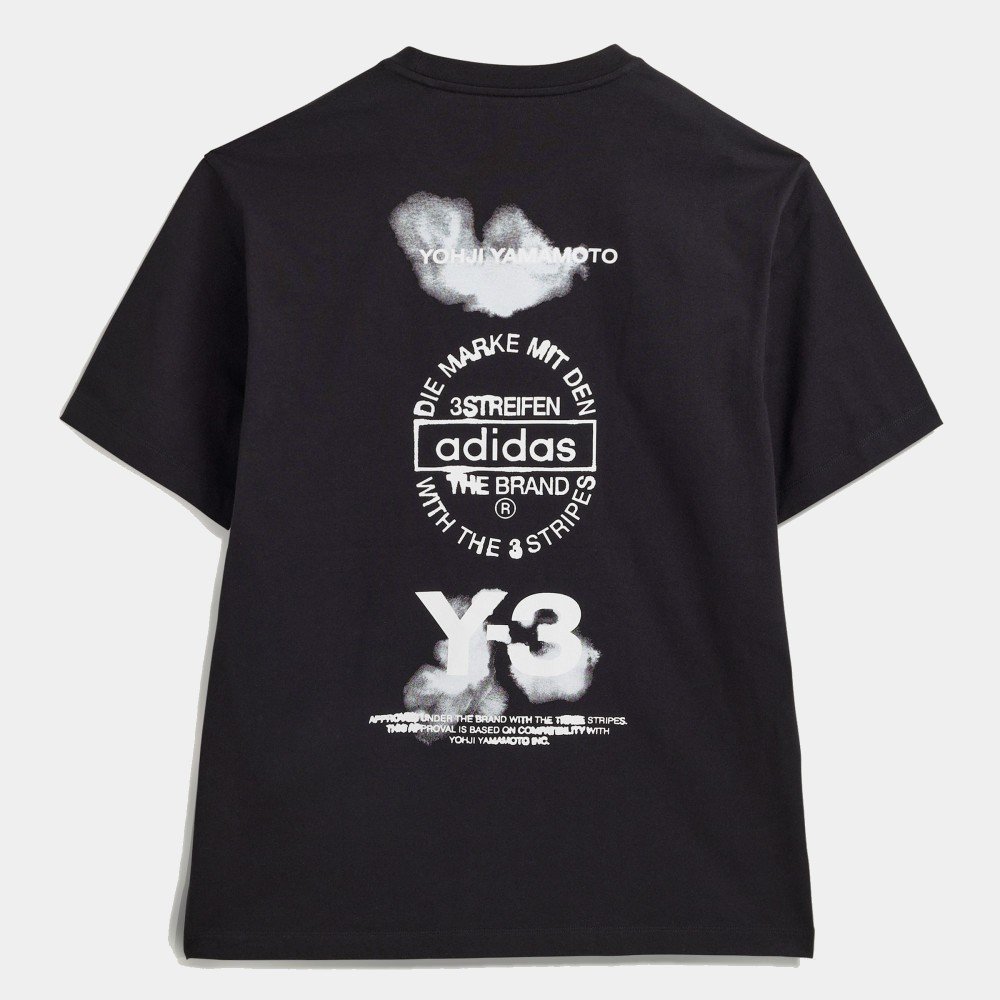
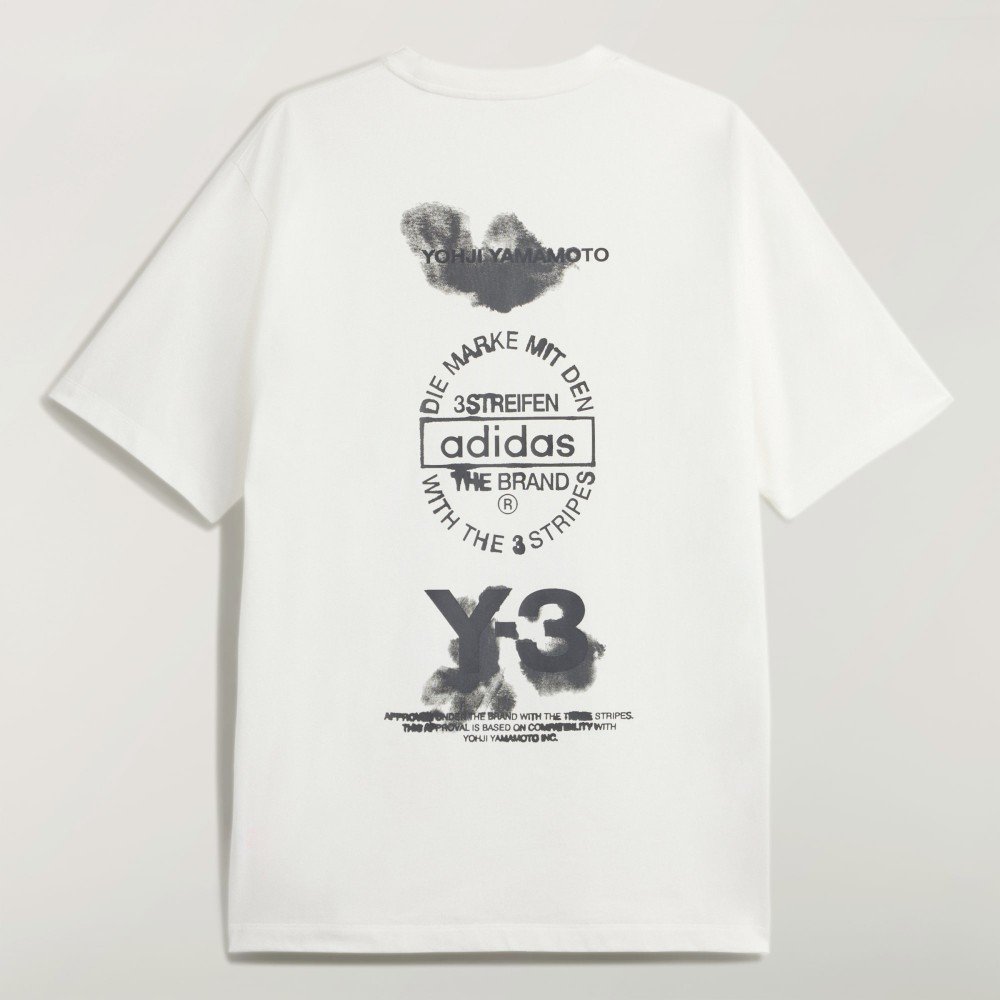
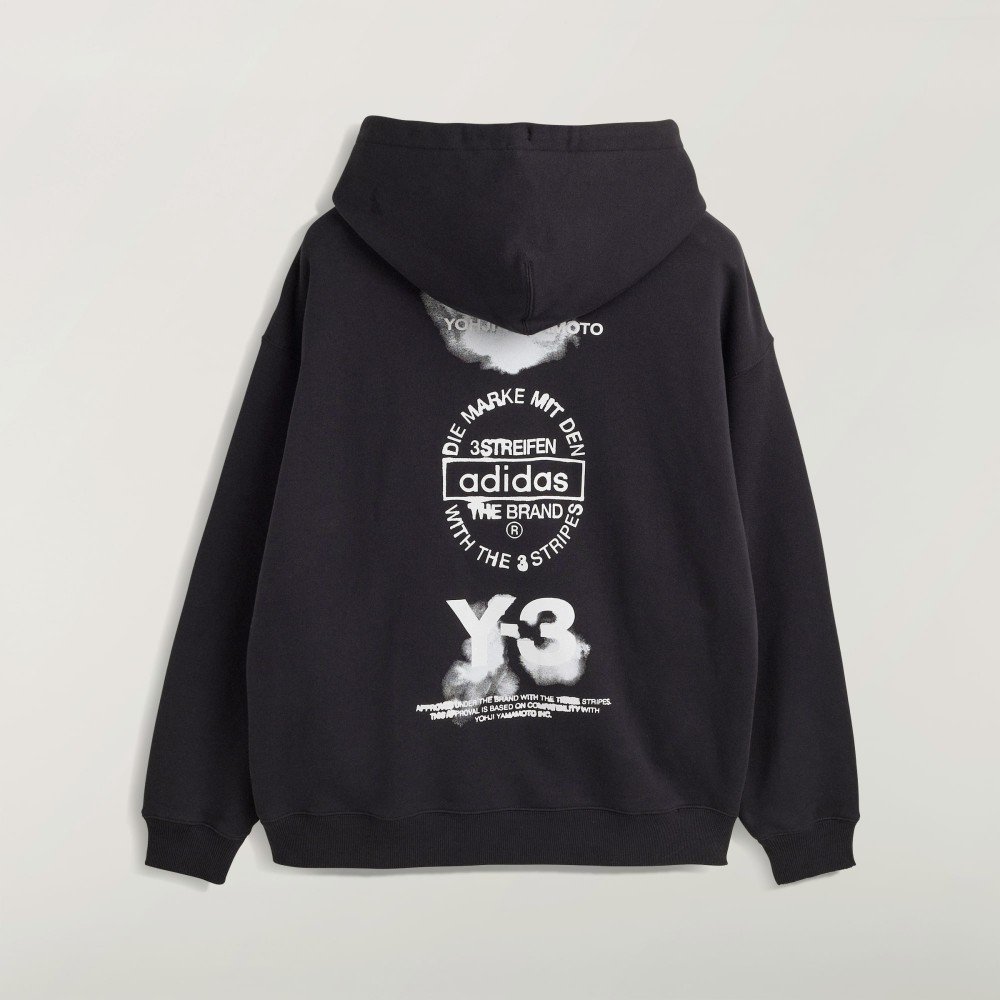
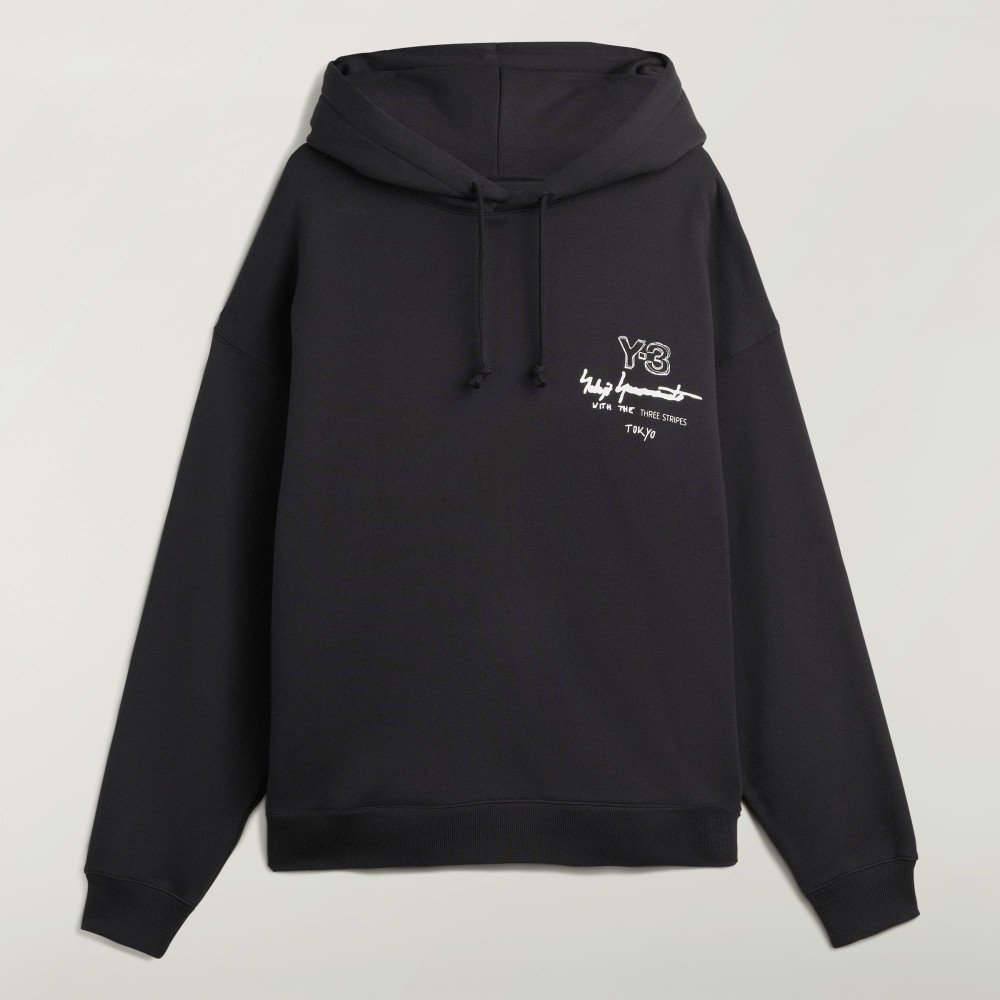

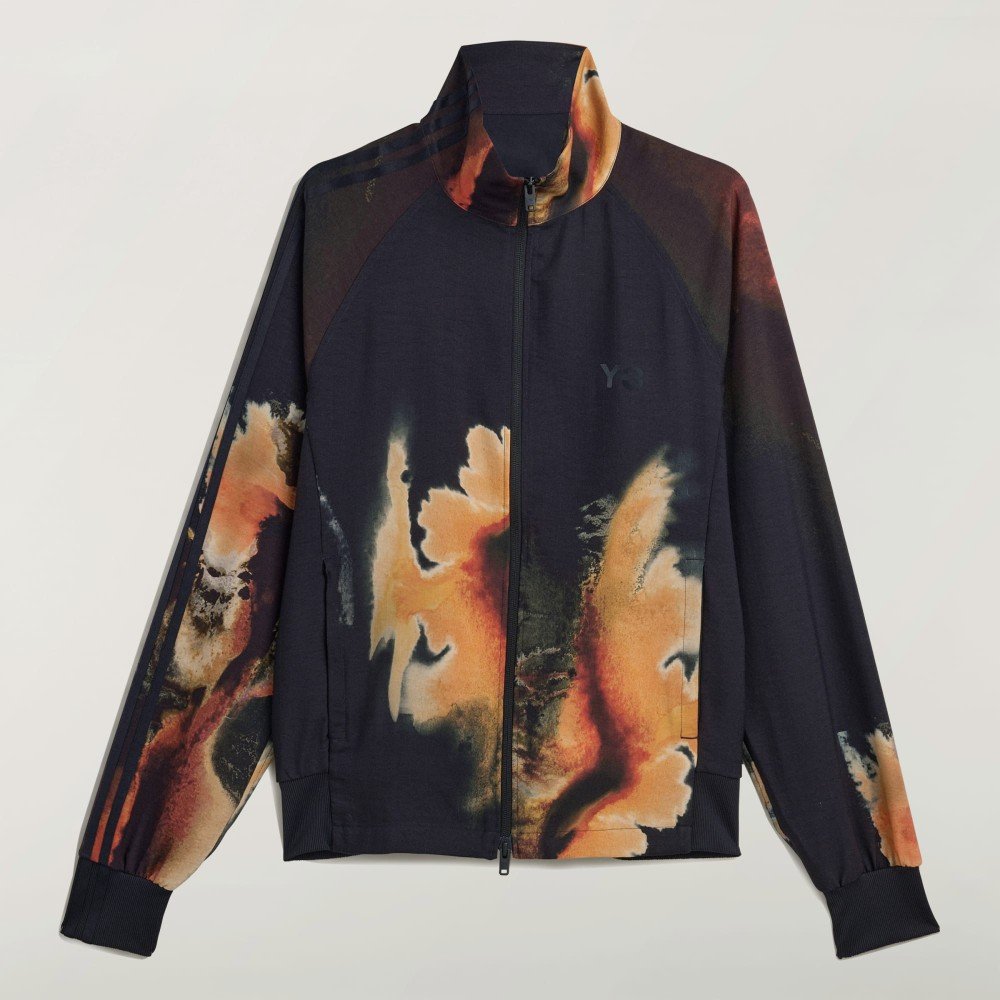
-1920x950.jpg)







